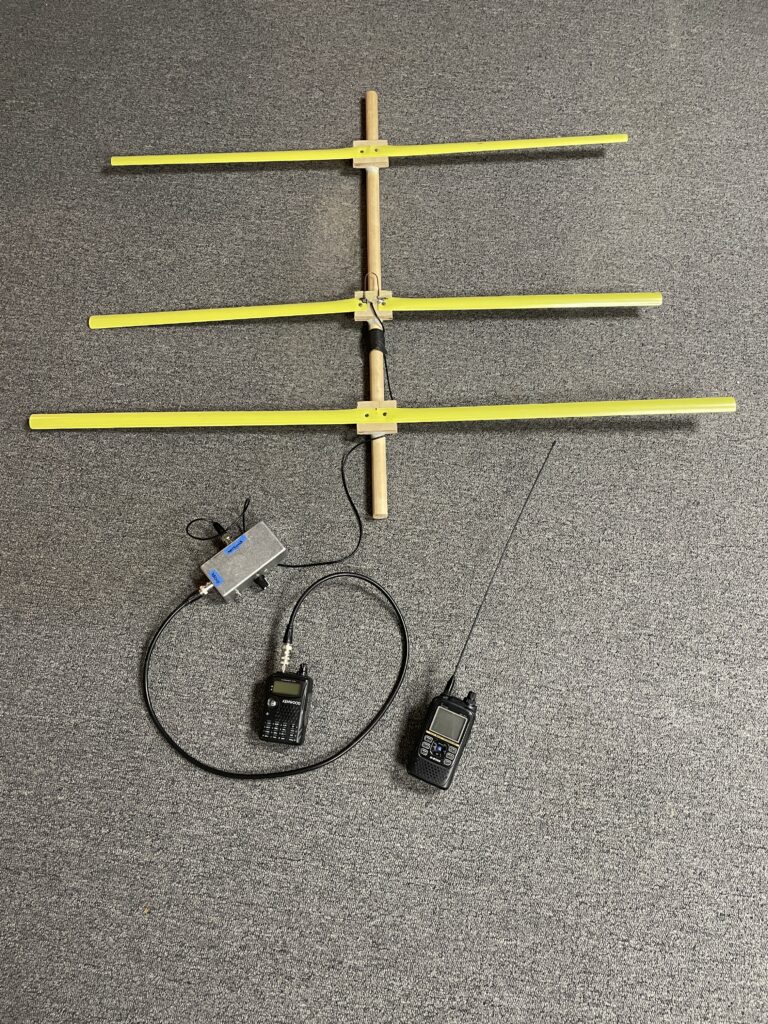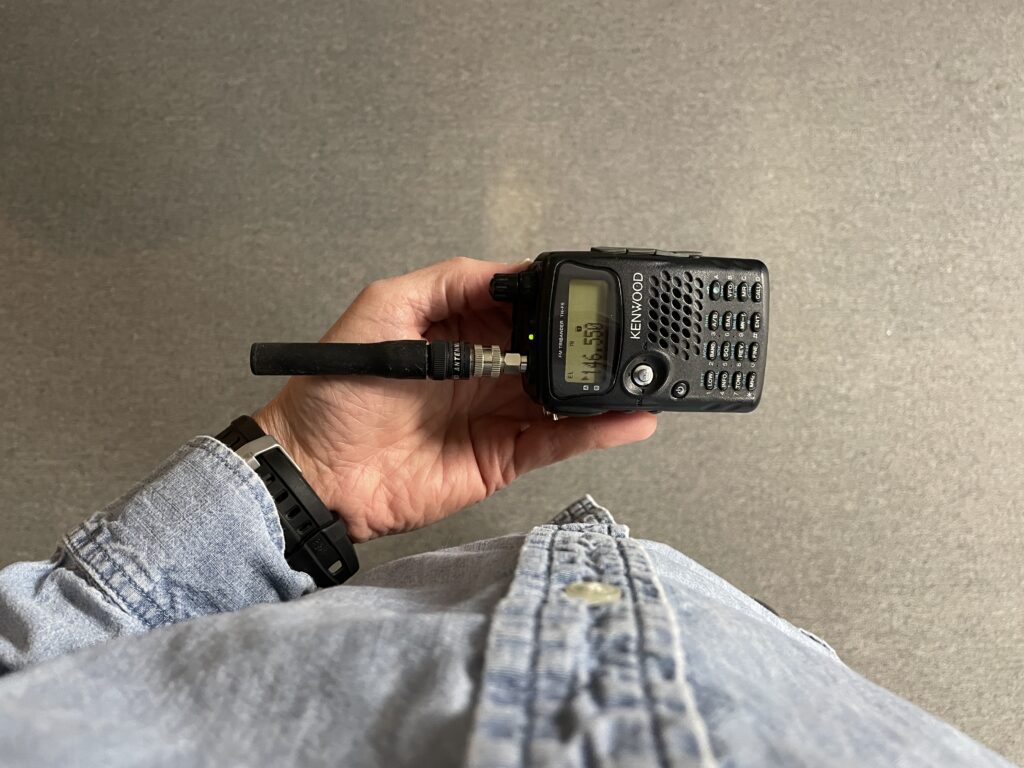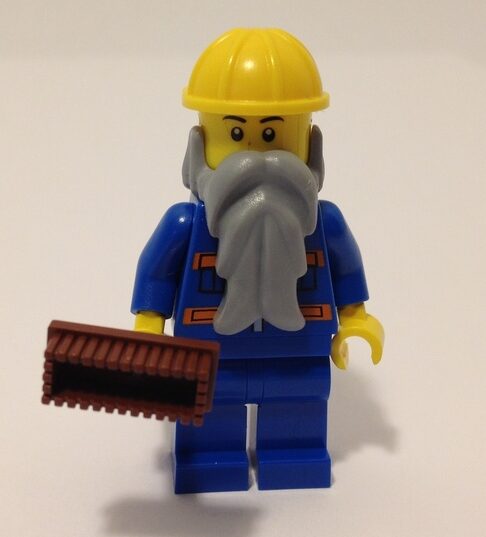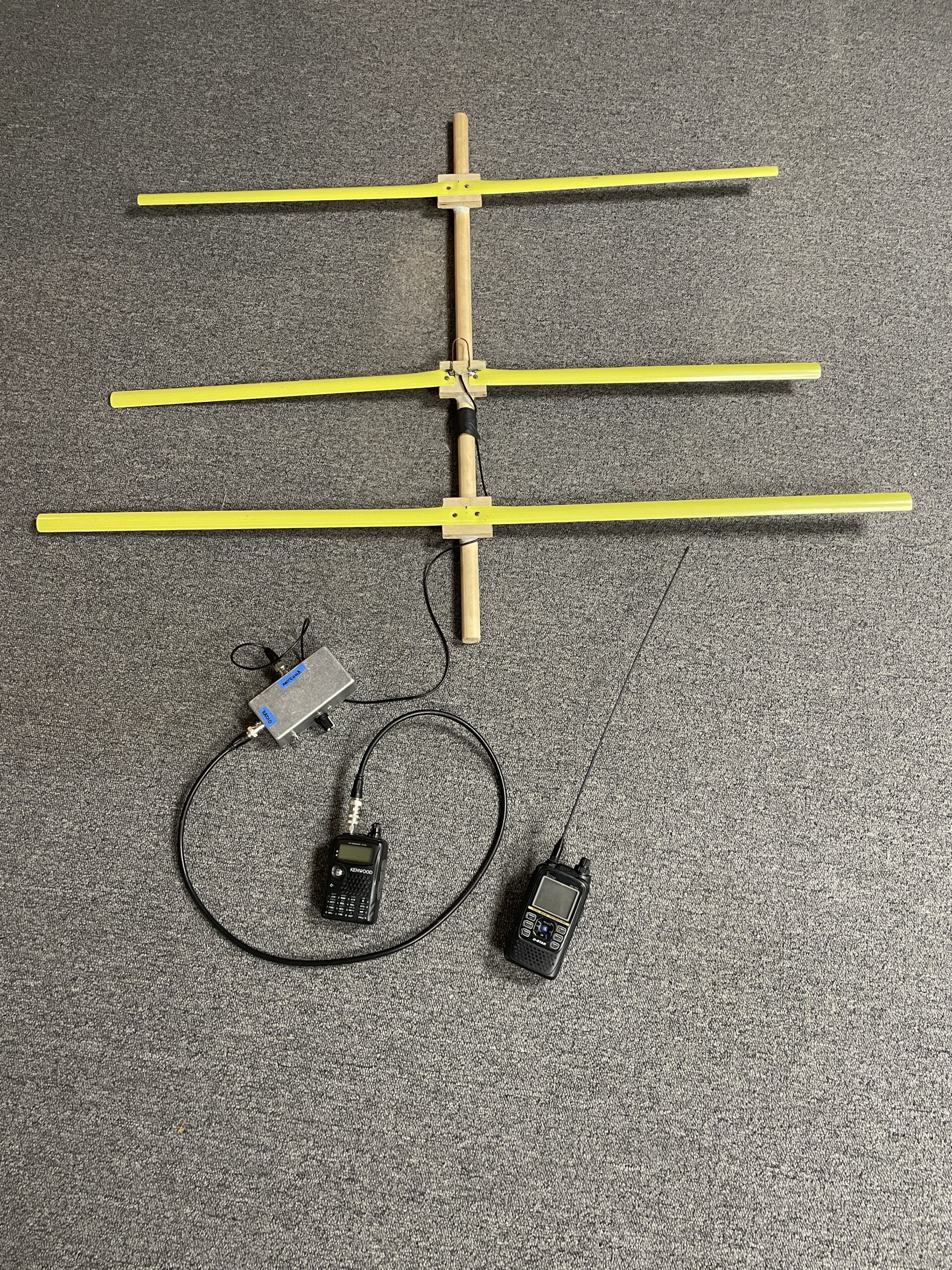One Friday night in early December, Larry Krainson, W1AST, forwarded an email to the WMAFoxHunters email reflector, announcing that a hidden amateur radio transmitter, or “fox box,” was now active somewhere in the area, waiting for people to find it. The game was afoot. Having put together a tape-measure beam antenna and offset attenuator for exactly this purpose, I decided to go find the transmitter the next morning.

Hunting hidden transmitters is one of the many sub-hobbies within amateur radio, and it runs deep. There’s a whole international competitive scene with an annual world championship in amateur radio direction finding (ARDF). Locating a fox box is to that what jogging around the block is to the Boston Marathon, but we have to start somewhere.
A fox box is a small, self-contained package built into an ammo can or similar watertight container. It holds a VHF FM radio, a battery, and a controller that listens on a frequency for a specific keypad tone. When the tone signal comes in, the system transmits a series of audio tones and a station ID for 30 seconds, providing a signal that hunters can home in on.
I found I could activate the fox box from my base VHF FM station on low power (5 watts). Switching to an HT, I could activate it from my living room with the same power level, using my tape measure beam antenna pointed roughly southwest. The beam also allowed me to peak the signal from the fox, consistent with it being somewhere on a northeast-to-southwest line from my house. Based on the signal levels, it was likely somewhere in town.
Armed with that information and lots of optimism, I tossed an armload of loose gear into my car and headed to a park south of me. From there, the signal was very strong and more or less due west. I thought the box might be in that park, so I started trying to attenuate the signal while walking in what I thought was its general direction. That was when things started to get messy.
While both the beam antenna and the attenuator seem to work well, I hadn’t bothered to attach them to each other with anything besides a few feet of coaxial cable. Another few feet of cable connected the attenuator to the HT I was using to receive the fox. It’s important not to transmit through the attenuator, so I was also carrying another HT that I was using to transmit the activation signal to the fox. Imagine juggling an untrimmed tree branch and three small bricks while trudging across a snowy field, and you have a pretty good idea of how I must have looked. This setup clearly needs some refinement.
The purpose of the attenuator was to reduce the signal strength as I got close to the fox. Otherwise, when I got within a fraction of a mile I’d just have a full-scale signal across a wide swath of bearings, which isn’t helpful. By switching in the attenuator, I hoped to bring the signal down enough that I could see changes in the meter as I swung the beam antenna around. Indeed, the attenuator did reduce the signal – to nothing. I was apparently still too far from the fox to use that strategy, but at the same time I was too close to get precise beam headings.
On a hunch, I tried driving about a half-mile west to a shopping center parking lot. From there, I could activate the fox on my HT’s lowest power, and the signal was now full scale in all directions but still too weak for the attenuator. After a few more rounds of driving to new parking lots and seeing how much power I needed to activate the fox, I was too cold to keep at it, so I went back home.
While warming myself up, it occurred to me that I could try a method I used years ago when I lived in New York City. A local repeater club was trying to track down a jammer, and asked everyone to get approximate bearings and signal strengths. Back then, I didn’t have any dedicated direction-finding equipment, so I’d used the “body block” method, holding an HT in front of me and rotating around until the signal dipped. The bearing to the transmitter was then directly behind me. My scrawny torso creates a pretty sharp null that way, much sharper than the peaks I was seeing with my beam antenna.

I’ve accumulated several “rubber duck” antennas for my HTs over the years, ranging from longer, relatively high-gain units to a one-inch stub that’s barely better than a dummy load in gain. That, plus body blocking and a few other tricks, could be my attenuators.
Returning to the first park, I found I could activate the fox with a long HT antenna, and get a sharp null when holding the radio in front of my body and facing east. Subsequent sessions of testing at the shopping center, and then an elementary school parking lot, got me close enough that I could activate the fox with the tiniest antenna on low power. At that point, it was coming in full strength in all directions, and I couldn’t null it out with my chest.
To attenuate the signal further, I turned the HT so the antenna was parallel to the ground, cross-polarized from the vertical antenna I assumed the fox had. When that wasn’t enough, I tuned my radio slightly off-frequency, so the fox was coming in through the skirt of the receiver passband. That got me another bearing that headed off the school grounds. That was puzzling.
The fox box is supposed to be on publicly accessible property, but I live in this town and know for a fact that there aren’t any other parks or parking lots close to that elementary school. So where was it? One thought occurred to me, but I dismissed it as too obvious. Then I noticed a vehicle festooned with antennas in the same parking lot, and suspected it was another ham I’d heard hunting the fox that morning. Sure enough, it was, and he gave me a hint: he’d found it chained to a tree in front of a house very nearby – a house with a big HF beam antenna on the roof.
My too-obvious thought had been exactly right. Pulling up in front of Larry’s house a minute later, I saw the fox box chained out front, next to the curb. That does count as publicly accessible, even if it wasn’t quite what I’d expected.
This was a great way to spend a Saturday morning, and I learned a lot. My next little project will be to figure out a better way to carry the attenuator and HTs, and I may solder a short wire to a BNC connector to make an even lower-gain “antenna” for very close-in signal attenuation.
The box in front of Larry’s house was actually placed there by the Connecticut foxhunting club; my own club, the Hampden County Radio Association, owns a couple of fox boxes, but we don’t currently have anyone to maintain and place them. I’d love to be able to do more of these local hunts, and encourage everyone else to give it a try too. As I discovered, it doesn’t take sophisticated gear.

